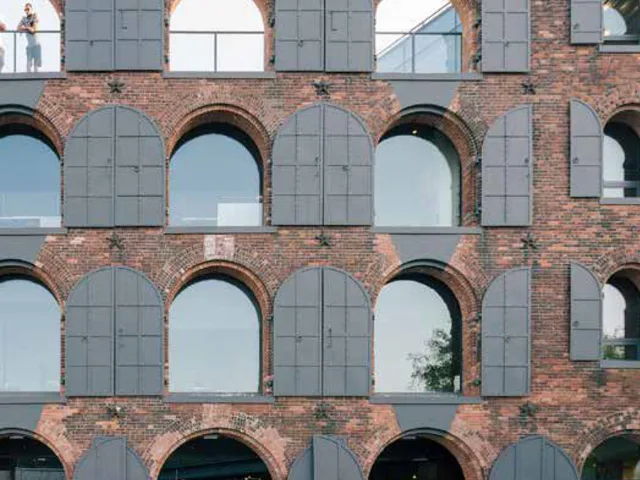Introduction to Bauhaus: A Symmetry of Form and Function
The tale of Bauhaus begins in 1919, in the quaint city of Weimar, Germany. Founded by Walter Gropius, an architect with a vision, Bauhaus was more than just a design school; it was a movement, a radical departure from the past. Gropius envisioned a harmony between the arts, crafts, and technologies, leading to functional yet aesthetically pleasing designs. Bauhaus challenged the ornate details of the time, promoting a 'less is more' philosophy that focused on simplicity and usability.
The Philosophical Backbone of Bauhaus Design
At its heart, the Bauhaus philosophy was simple yet profound. It strove for a 'Gesamtkunstwerk', a total work of art where every piece, from typography to buildings, was part of a greater whole. This ethos led to the creation of designs that were not only beautiful but immensely practical. Material and form were considered deeply, with a lean towards functionality without sacrificing aesthetic value. The integration of art and technology was considered crucial, leading to designs that were revolutionary at that time.
Key Figures of the Bauhaus Movement
Walter Gropius may have laid the foundation, but it was the collective genius of artists, architects, and designers like Wassily Kandinsky, Paul Klee, and Ludwig Mies van der Rohe that propelled Bauhaus into the annals of history. Each brought their unique perspective, weaving their theories into the fabric of Bauhaus principles. Their legacy, seen in iconic works and teachings, continues to influence modern design and architecture.
Global Influence and Adaptation
The impact of Bauhaus went far beyond the borders of Germany, igniting a design revolution across the globe. Its principles found fertile ground in places like Chicago, Tel Aviv, and even here in Melbourne, reshaping cityscapes and influencing a generation of architects and designers. This global adoption speaks volumes about the universal appeal and adaptability of Bauhaus design, making it a pivotal force in the evolution of modern aesthetic principles.
Bauhaus in the Modern World
Fast forward to today, and the essence of Bauhaus still resonates in contemporary design. Its principles of functionality, simplicity, and the blending of art and technology remain relevant, influencing everything from furniture design to digital interfaces. The Bauhaus spirit lives on, exemplified in minimalist architecture, streamlined furniture, and even web design, proving that good design truly is timeless.
Incorporating Bauhaus Principles into Today's Spaces
Embracing Bauhaus isn't just about celebrating history; it's about integrating its timeless principles into our daily lives. From choosing furniture that marries form and function to adopting a minimalist aesthetic that focuses on simplicity, there are myriad ways to infuse Bauhaus into our spaces. This approach not only enhances the beauty of our surroundings but also ensures they serve our needs seamlessly, echoing the Bauhaus mantra of designs that serve a purpose.
Conclusion: The Timeless Legacy of Bauhaus
Decades after its inception, Bauhaus continues to be a beacon of functional, beautiful design. Its influence permeates countless aspects of modern life, from the buildings we inhabit to the products we use daily. The Bauhaus movement, with its radical ideas and visionary creators, demonstrated that design could be both practical and beautiful. It's a testament to the enduring power of innovation and creativity, proving that when form meets function, timeless designs are born.





Leave a Comments